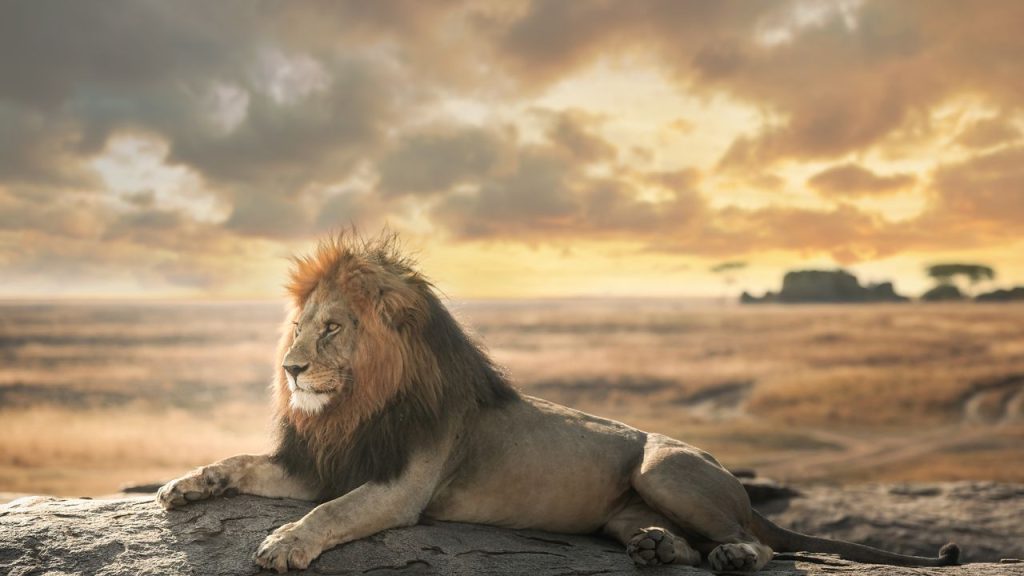Embarking on an Epic Adventure: Trekking Mount Kilimanjaro
Are you ready to take on the challenge of Mount Kilimanjaro? This majestic mountain, located in Tanzania, is the highest peak in Africa and offers a once-in-a-lifetime trekking experience. But before you pack your bags, let’s dive into some key factors you need to consider for a successful Kilimanjaro trek.
Kilimanjaro Weather: Unpredictable Yet Fascinating
The weather on Mount Kilimanjaro is notoriously unpredictable, thanks to its unique position near the equator. As you ascend the mountain, you’ll encounter various climate zones, each with its own distinct weather patterns. From lush rainforests to barren alpine desert, the weather can change rapidly, so it’s essential to be prepared for all conditions.
During the day, temperatures can range from a scorching 30°C (86°F) at the base to a freezing -20°C (-4°F) at the summit. Nighttime temperatures are even colder, so packing multiple layers of clothing is crucial. Be sure to include waterproof gear as well, as rain showers are common, especially in the rainforest zone.
Kilimanjaro Trekking Seasons: Choose Wisely
Mount Kilimanjaro can be conquered at any time of the year, but certain months offer more favorable conditions than others. The mountain experiences two main trekking seasons: the dry season and the wet season.
The dry season, which occurs from June to October and January to February, is regarded as the best time to trek Kilimanjaro. During this period, the weather is generally drier, and the skies are clearer, offering stunning panoramic views of the surrounding landscape. However, it’s important to note that the dry season also coincides with higher tourist numbers, so expect more crowded trails.
On the other hand, the wet season, from March to May and November to December, brings heavy rainfall to the mountain. Trekking during this time can be challenging due to slippery trails and reduced visibility. However, the advantage of trekking in the wet season is fewer crowds, allowing for a more serene experience.
Kilimanjaro Routes: Choosing the Right Path
Mount Kilimanjaro offers several routes, each with its own characteristics, difficulty levels, and scenic attractions. The most popular routes for trekkers include the Machame, Marangu, Lemosho, and Rongai routes.
- The Machame Route, also known as the “Whiskey Route,” is a challenging but rewarding option. It offers stunning views and a diverse range of landscapes.
- The Marangu Route, or the “Coca-Cola Route,” is the most straightforward and well-established path. However, it tends to attract more inexperienced trekkers.
- The Lemosho Route is a longer and more scenic route, allowing for better acclimatization. It’s an excellent choice for those seeking a less crowded trekking experience.
- The Rongai Route approaches Kilimanjaro from the north and is known for its wildlife sightings and beautiful views of the surrounding plains.
Each route has its own pros and cons, so it’s essential to choose the one that aligns with your fitness level, preferences, and available time.
Conclusion
Embarking on a Mount Kilimanjaro trek is a truly remarkable adventure. With its unpredictable weather, varying trekking seasons, and multiple routes to choose from, it’s essential to plan your journey carefully. Understanding the climate, selecting the right time of year, and picking the most suitable route will greatly enhance your chances of a successful and enjoyable trek. So, pack your bags, lace up your boots, and get ready to conquer the Roof of Africa!

